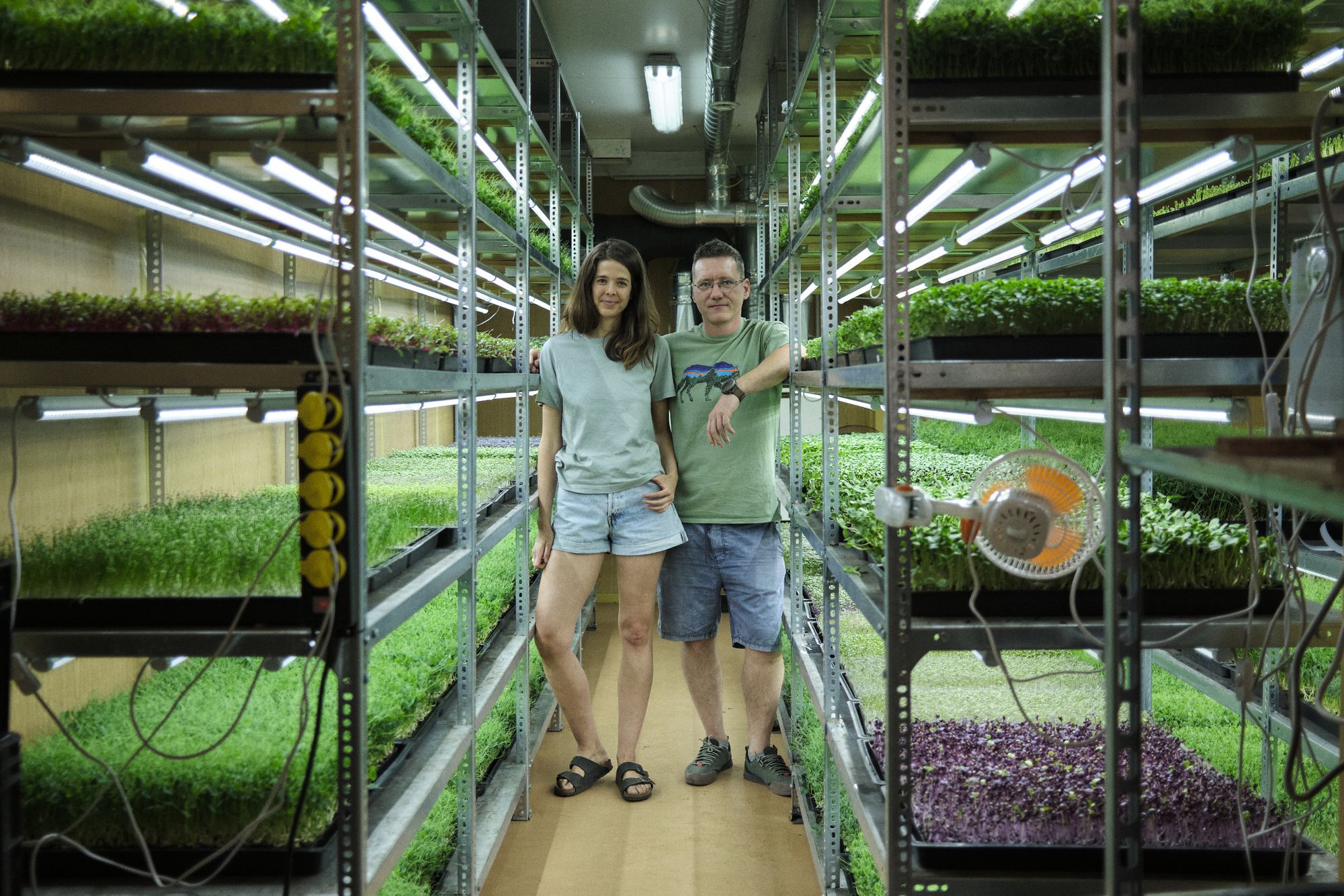While there’s a growing global interest in microgreens—those small, pretty plants that might be the solution to huge global problems—in Hungary, we mostly see them in certain restaurants as decorative elements. The expression ‘microgreen’ itself is not too widely known either, so we witnessed first-hand how a domestic microgreen farm works. We visited Smallies, where Sára and Zoli, the owner couple showed us the everyday life of their vertical farm.
At a glance, microgreens look as if sprouts and herbs have been bred with the aim of achieving the most aesthetic result possible. But if you taste their leaves, you almost immediately recognize which vegetable’s micro version you just ate. You taste a strong aroma of peas, beets, or spring onions, way more concentrated than that of the original vegetable, but still not overwhelming. Meanwhile, behind the appearance and distinctive flavors, you can find high levels of vitamins, minerals and antioxidants: up to 40 times more than in adult plants, depending on the variety.

Micrograsses are not only pretty and healthy, but their production technology can also provide a solution to the problems of traditional agriculture, such as the depletion of arable land, or the growing food shortage. Microgreens are grown indoors on trays stacked on top of each other, hence the term ‘vertical farming.’ Up to six times more crops can be produced per unit area, using 70-90% less water than conventional farming techniques. Indoor cultivation also means that they can completely eliminate negative environmental impacts, therefore they don’t need chemicals and can grow all year round, regardless of the season. In addition, the use of LED lighting and sustainable energy sources further reduces the ecological footprint of the process. Though microgreens do not provide an overall solution to complex agricultural problems, they have a strong potential to produce healthy and sustainable sources of nutrition for society.
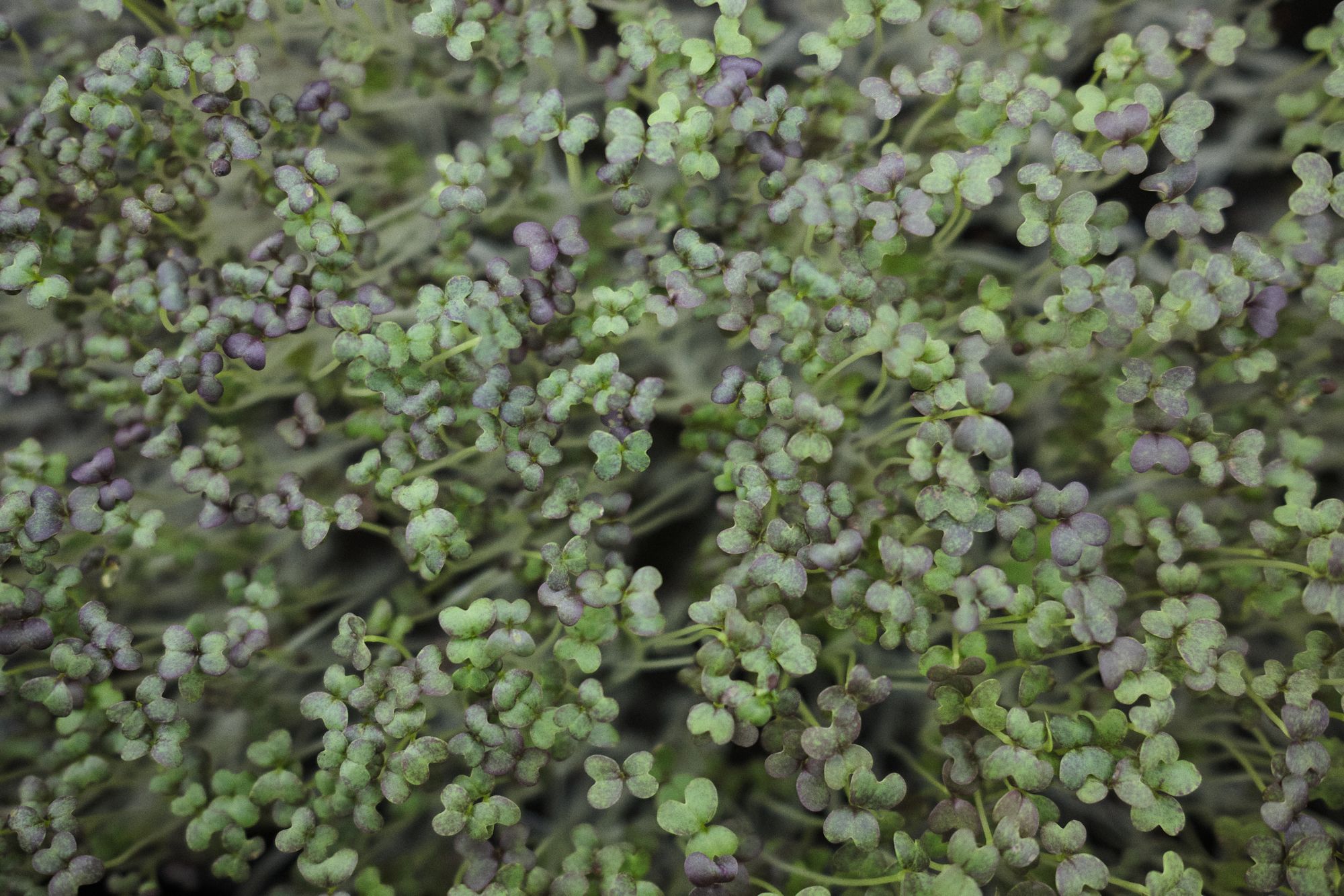

If you google vertical farming, you might find sci-fi-like images with long, ceiling-high rows and artificial lighting. The brightly colored microgreens also look as if they’ve come from another planet, enhanced by photos of white-coated professionals. In practice, however, this can be done much easier and can even be started at the back of your garden. Essentially, all you need are untreated seeds, clean water, led lights and a lot of care for growing microgreens. That’s how Sára and Zoli, owners of Smallies got started.

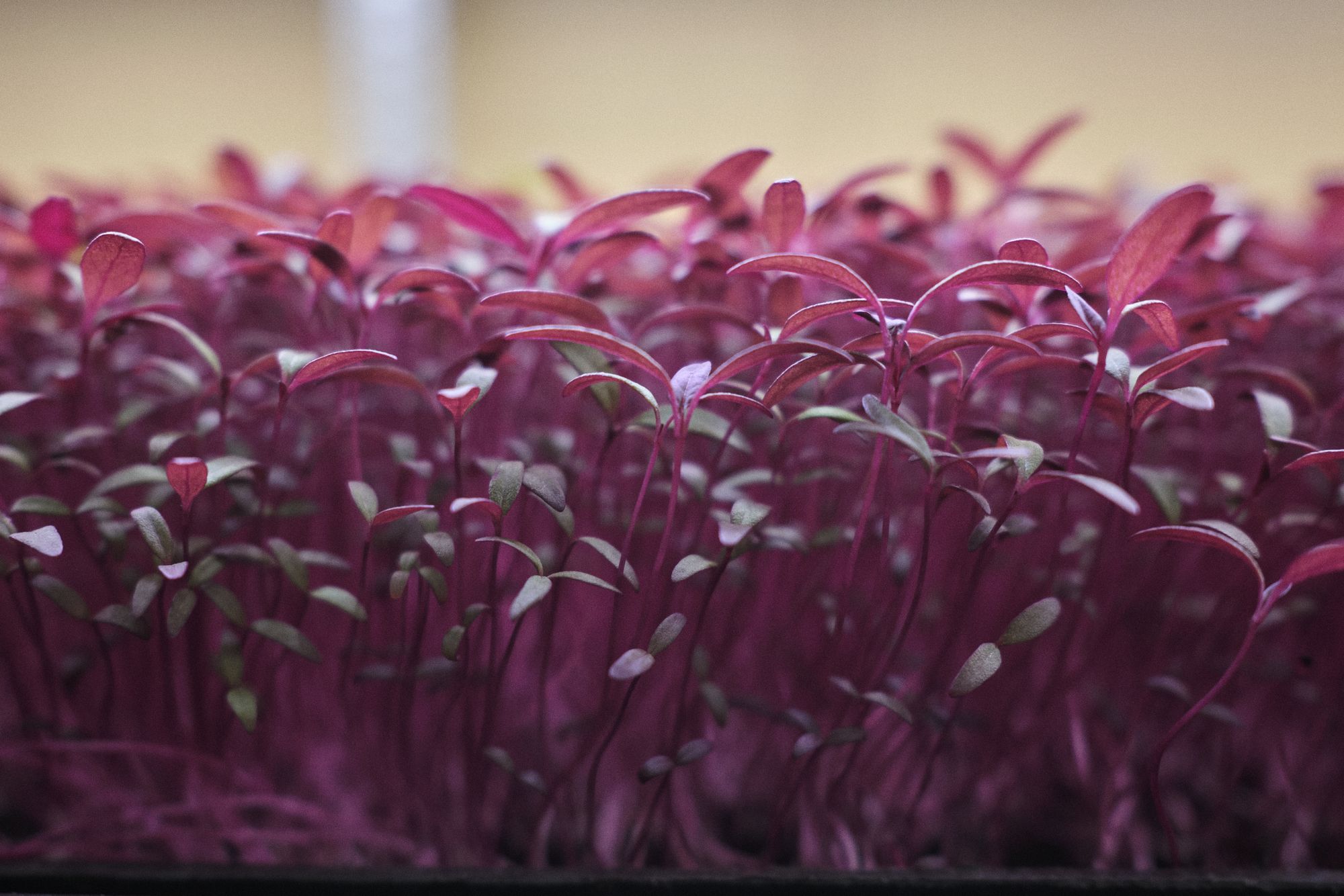
Sára and Zoli lived ten years in Wales, where they found a YouTube video of microgreen cultivation, searching for tips on planting greens on your balcony. Three years ago, they decided to move back into their hometown, Szentes, and start their own business. They wanted to introduce microgreens to Hungarians, so they set up a container on their farm, where their family had been growing traditional crops. They started small, with only a few trays of microgreens, learning from their own mistakes about the treatment of different species. As time went by, more and more trays were added to the container, and the word was spread about their business. Apart from their own consumption, they now sell everything they grow and are expanding steadily.
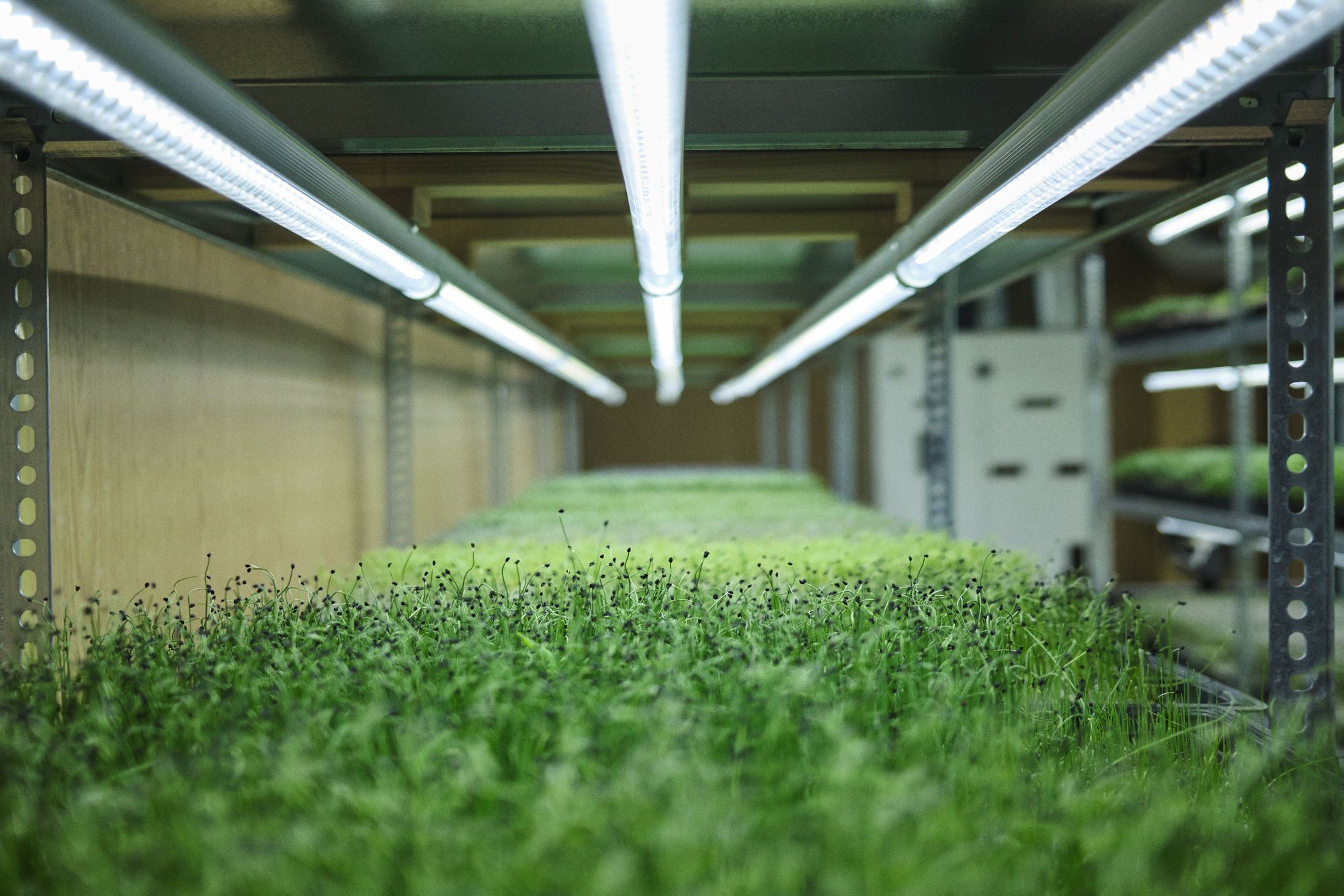

“As we came home from abroad, we wanted to start something that actually helps people. We wanted to pass on some of the views of life that we experienced in Wales. We don’t eat enough vegetables and some of them don’t even have sufficient nutrients. Microgreens, however, can make up for these: they have many positive physiological effects and they can help to prevent diseases. We’d like them to be consumed in large quantities as salad and not just to be used as decoration. We trust we can reach a point where microgreens are widely available in the next few years,” Sára shares. One of the key points is to reduce the prices through mass production. “We’re about to enter into the marketing phase, not just the day-to-day sowing and harvesting. We need to start educating people and showing them the potential of microgreens. What do they even taste like? Because people who taste them always give very positive feedback. Even people who don’t like vegetables tend to like them. They’re even a big hit with children because they’re tiny, cute, and colorful,” she adds.

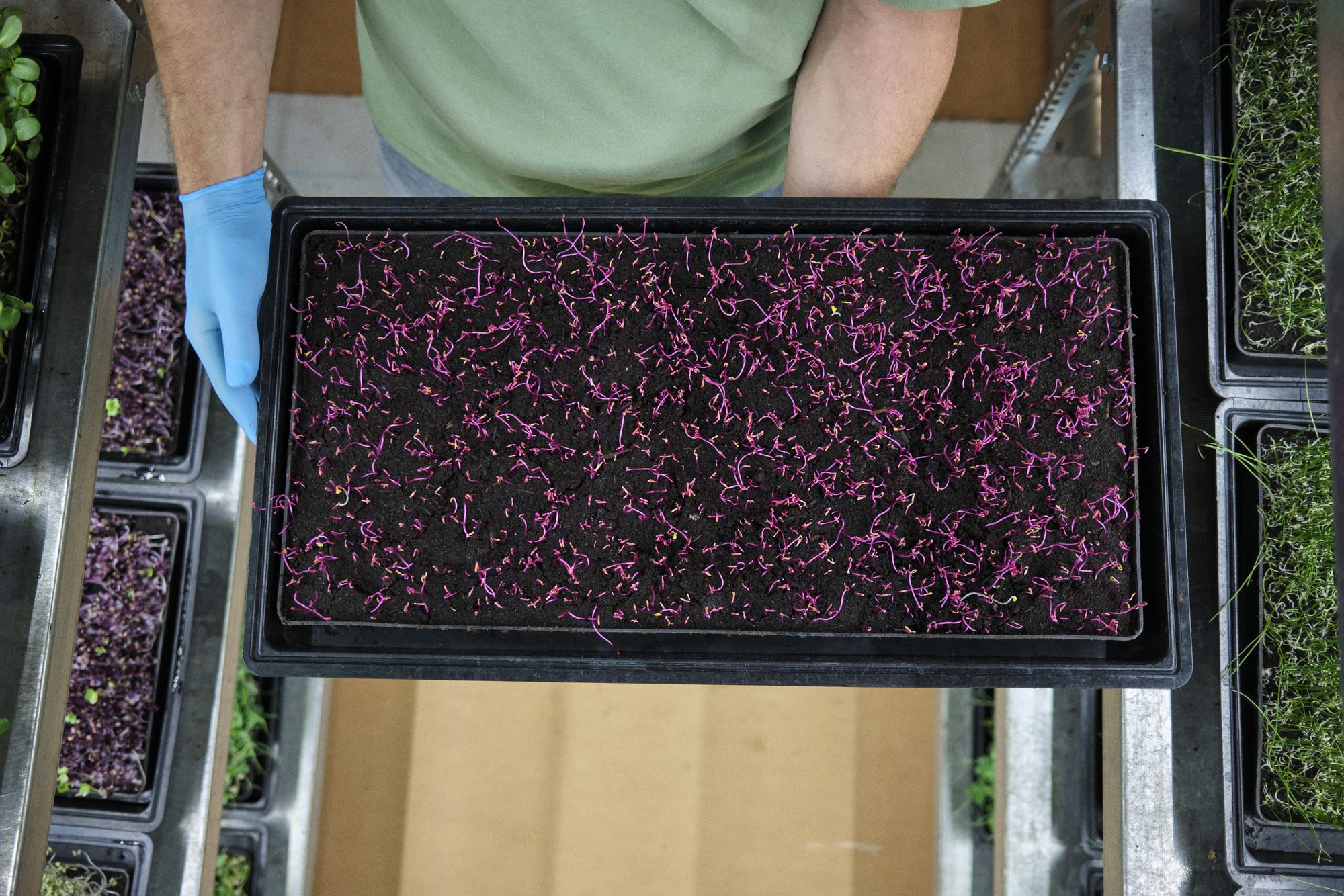
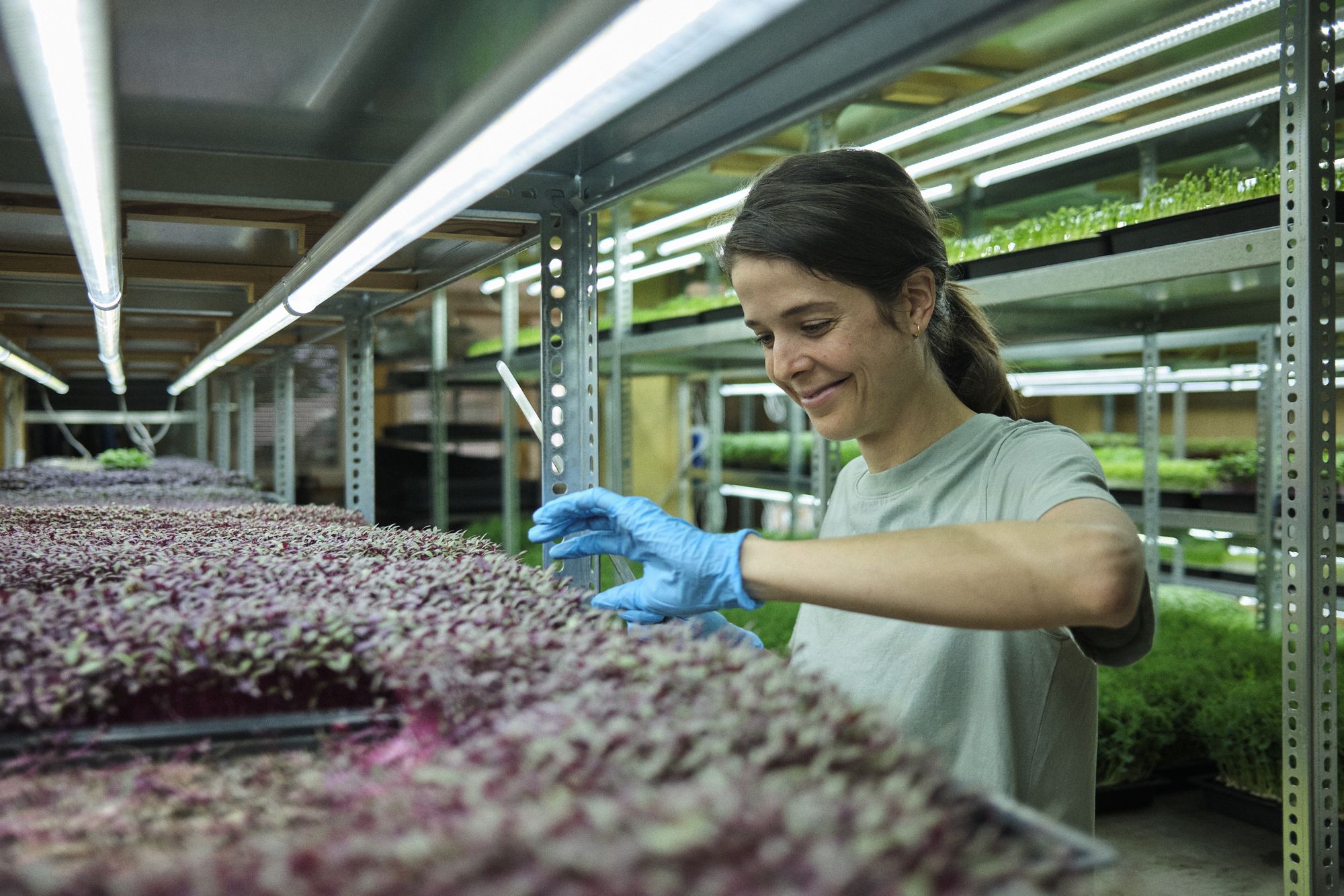
At Smallies they sow and harvest twice a week: the sowing is done by Zoli and the harvesting by Sára, usually 5-14 days apart. The couple currently grows 19 species: they have broccoli, kohlrabi, radish, and leek, but also curiosities like mizuna, chard, pak choi, or amaranth. “Every day, we look at the trays one by one, inspect the soil and water them according to their current needs, while listening to music a lot. We produce compost two times a week, which is used by the organic gardener next door to grow seedlings, and we bring the vegetables from their garden that we don’t eat in microgreen form. That way, the cycle is complete.”
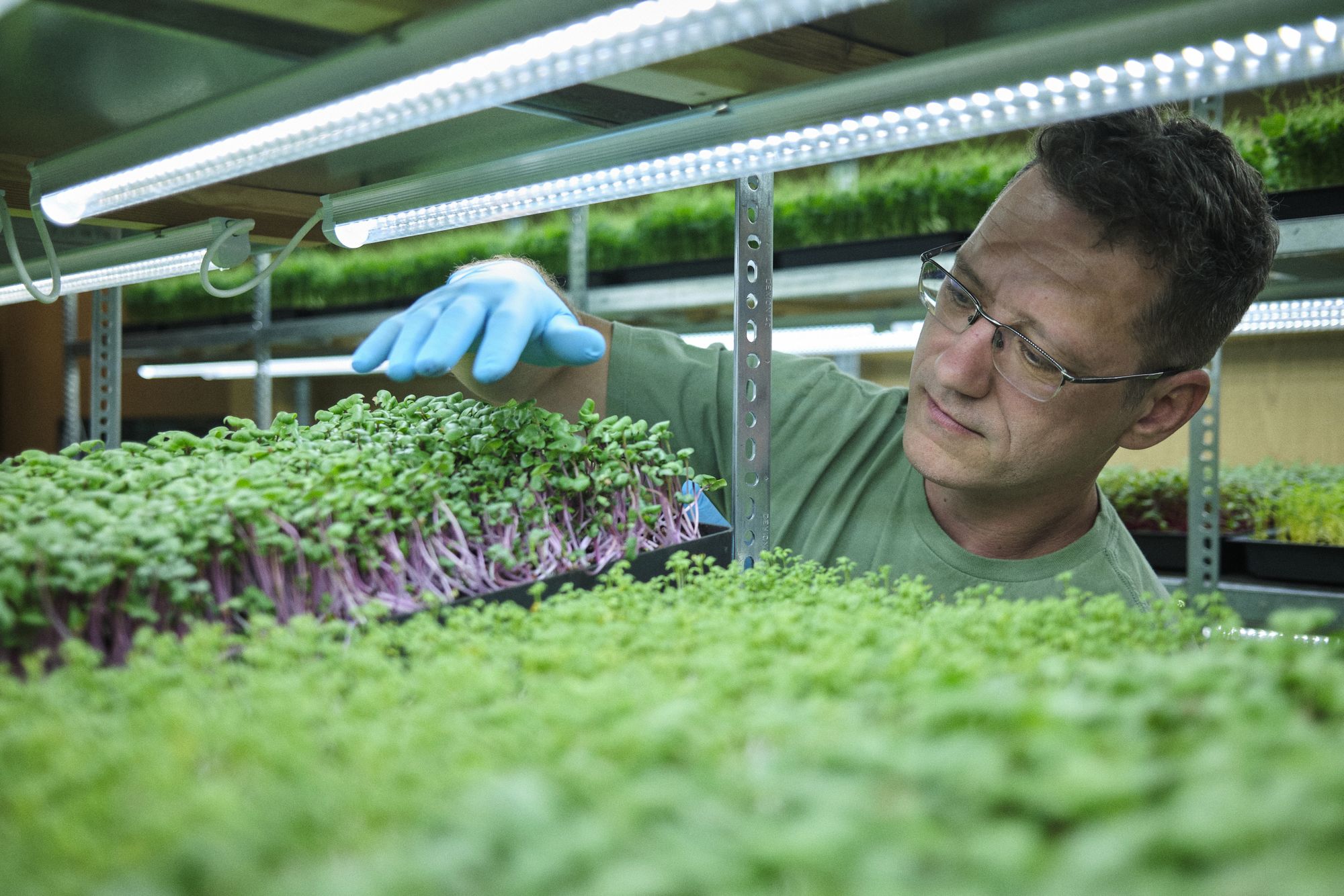

The United States and Canada are conducting an increasing amount of research on how to manipulate the flavor, color, and even texture of micro vegetables using specific lamps, and Sára and Zoli are eager to experiment with these effects, as well. They also intend to use the microgreens in other ways, such as grinding them into a powder that could be used as a pasta base. Additionally, they intend to find an inexpensive, biodegradable packaging alternative to the current recyclable plastic box that can keep cut plants fresh for an extended period of time. Sára and Zoli are also pleased to see that microgreen farming is gaining popularity. “It would be ideal if we could form an alliance or association with other microgreen farmers. In order for everyone to perform their best, it would also be important to share experiences. As a matter of fact, it is all about pleasing the final consumer. The greater the participation in microgreens, the more people will learn about them and can live healthier lives”.
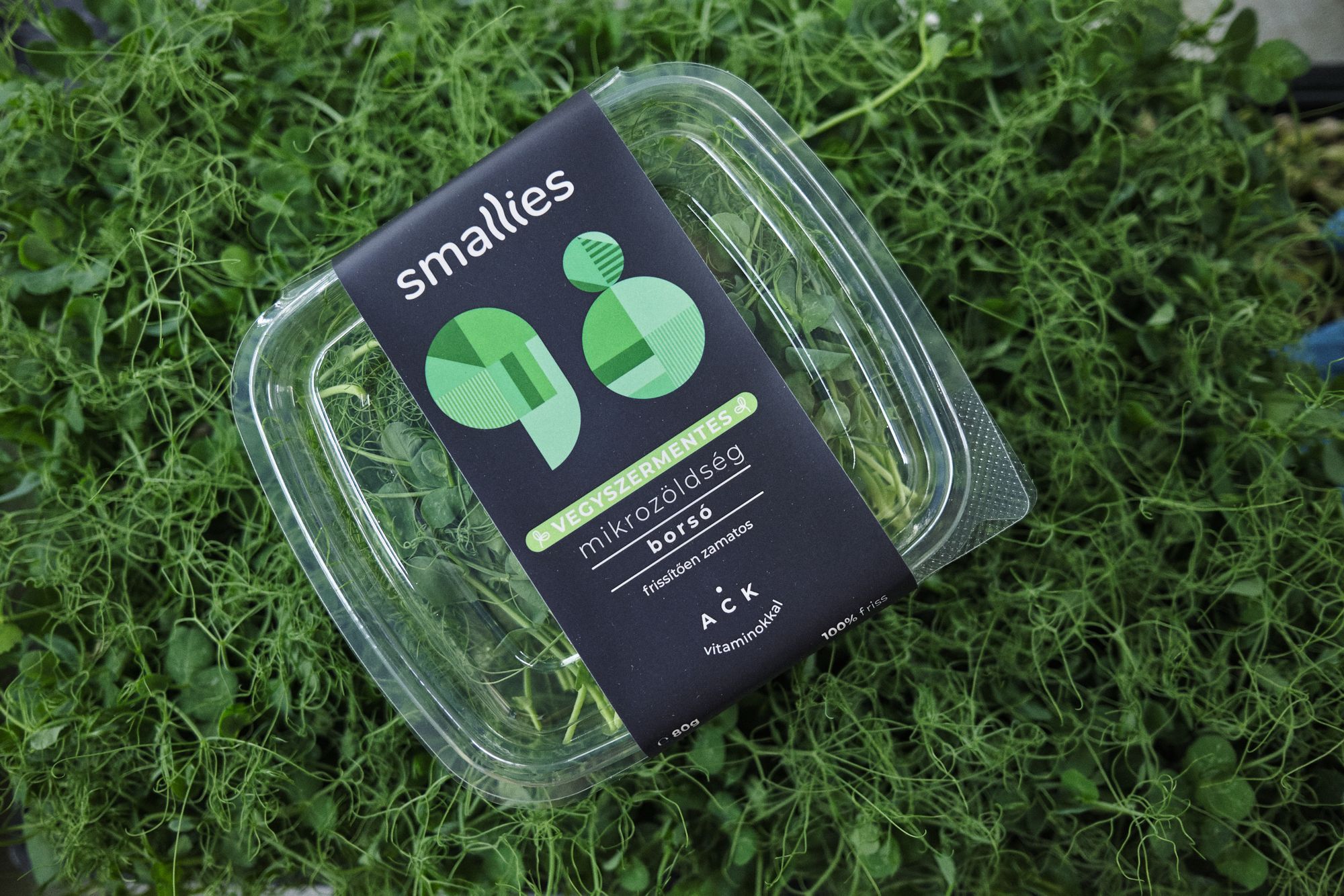
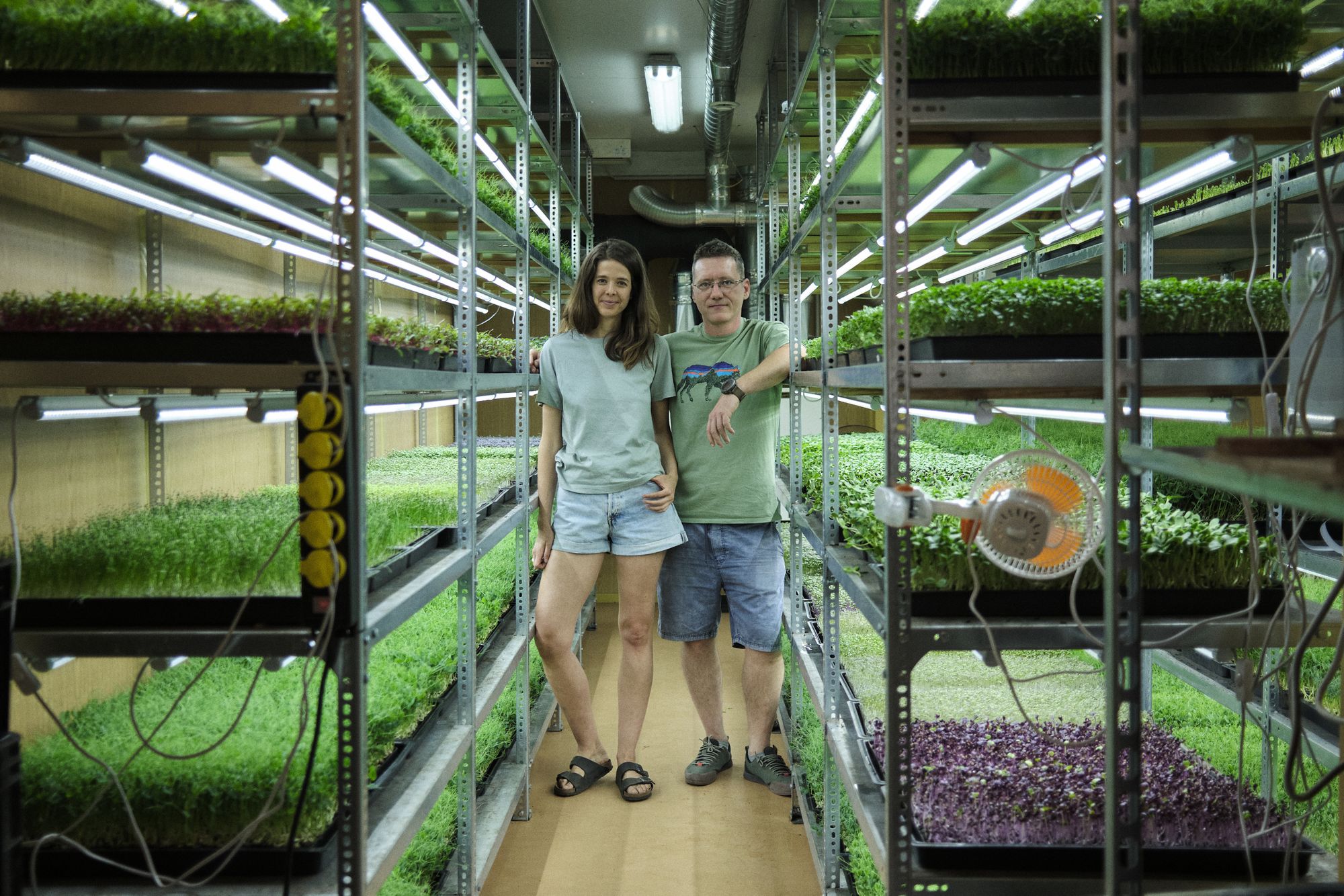
Smallies | Web | Facebook | Instagram
Photos: Andris Zoltai

Far East in Eastern Europe | Visiting Teavolution

TASTE | Katalin Lőrinc










